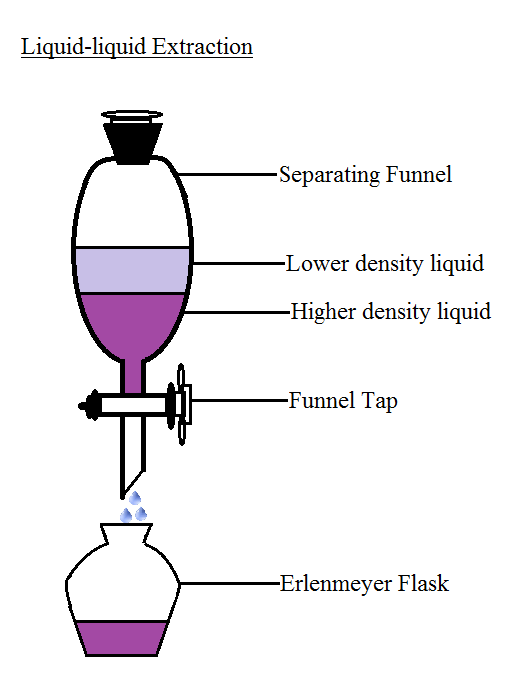Preparation of Medicinal Plants: Basic Extraction and Fractionation Procedures for Experimental Purposes
Preparation of Medicinal Plants: Basic Extraction and Fractionation Procedures for Experimental Purposes

Preparation of medicinal plants for experimental purposes is an initial step and key in achieving quality research outcome. It involves extraction and determination of quality and quantity of bioactive constituents before proceeding with the intended biological testing. The primary objective of this study was to evaluate various methods used in the preparation and screening of medicinal plants in our daily research. Although the extracts, bioactive fractions, or compounds obtained from medicinal plants are used for different purposes, the techniques involved in producing them are generally the same irrespective of the intended biological testing. The major stages included in acquiring quality bioactive molecule are the selection of an appropriate solvent, extraction methods, phytochemical screening procedures, fractionation methods, and identification techniques. The nitty-gritty of these methods and the exact road map followed solely depends on the research design. Solvents commonly used in extraction of medicinal plants are polar solvent (e.g., water, alcohols), intermediate polar (e.g., acetone, dichloromethane), and nonpolar (e.g., n-hexane, ether, chloroform). In general, extraction procedures include maceration, digestion, decoction, infusion, percolation, Soxhlet extraction, superficial extraction, ultrasound-assisted, and microwave-assisted extractions. Fractionation and purification of phytochemical substances are achieved through application of various chromatographic techniques such as paper chromatography, thin-layer chromatography, gas chromatography, and high-performance liquid chromatography. Finally, compounds obtained are characterized using diverse identification techniques such as mass spectroscopy, infrared spectroscopy, ultraviolet spectroscopy, and nuclear magnetic resonance spectroscopy. Subsequently, different methods described above can be grouped and discussed according to the intended biological testing to guide young researchers and make them more focused.
nanotechnology?
https://www.ncbi.nlm.nih.gov/pmc/articles/PMC3459443/
Abstract
Herbal medicines have been widely used all over the world since ancient times and have been recognized by physicians and patients for their better therapeutic value as they have fewer adverse effects as compared with modern medicines. Phytotherapeutics need a scientific approach to deliver the components in a sustained manner to increase patient compliance and avoid repeated administration. This can be achieved by designing novel drug delivery systems (NDDS) for herbal constituents. NDDSs not only reduce the repeated administration to overcome non-compliance, but also help to increase the therapeutic value by reducing toxicity and increasing the bioavailability. One such novel approach is nanotechnology. Nano-sized drug delivery systems of herbal drugs have a potential future for enhancing the activity and overcoming problems associated with plant medicines. Hence, integration of the nanocarriers as a NDDS in the traditional medicine system is essential to conflict more chronic diseases like asthma, diabetes, cancer, and others.
























